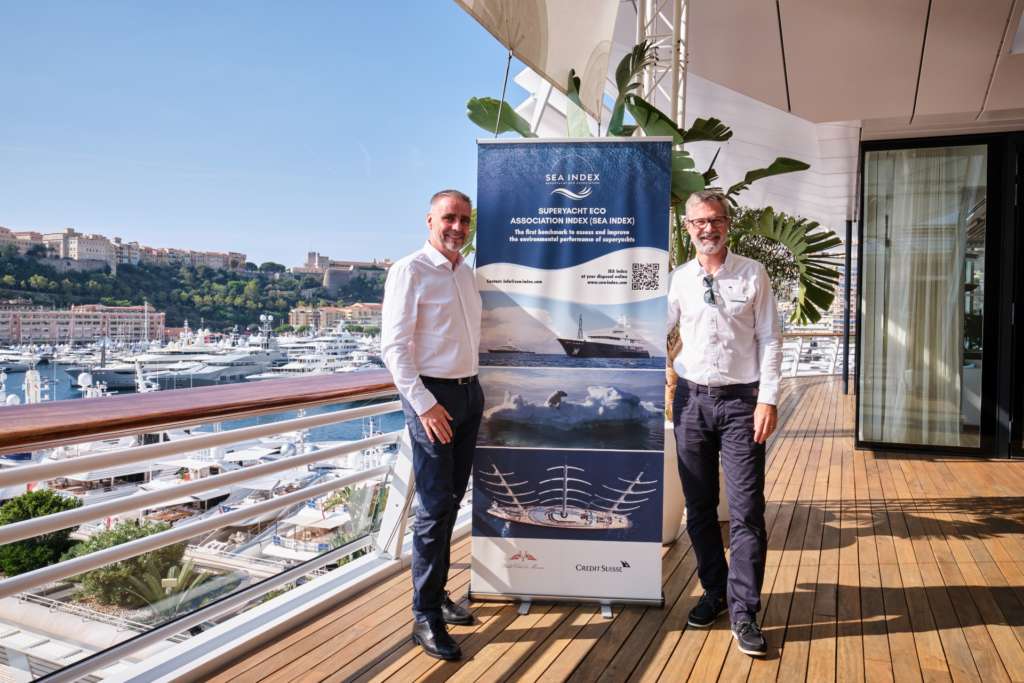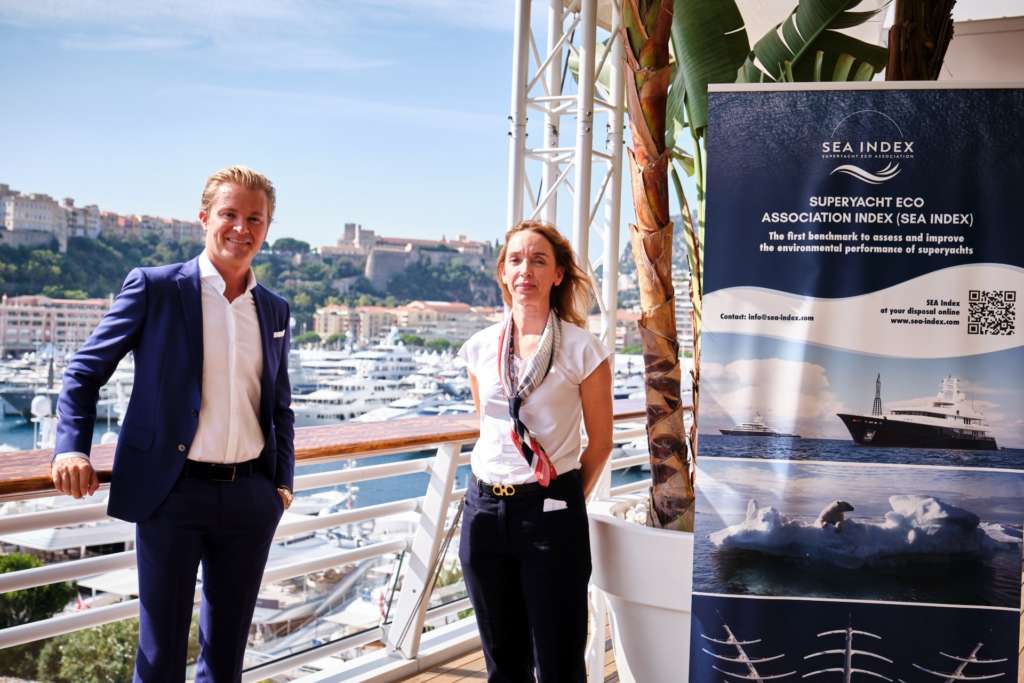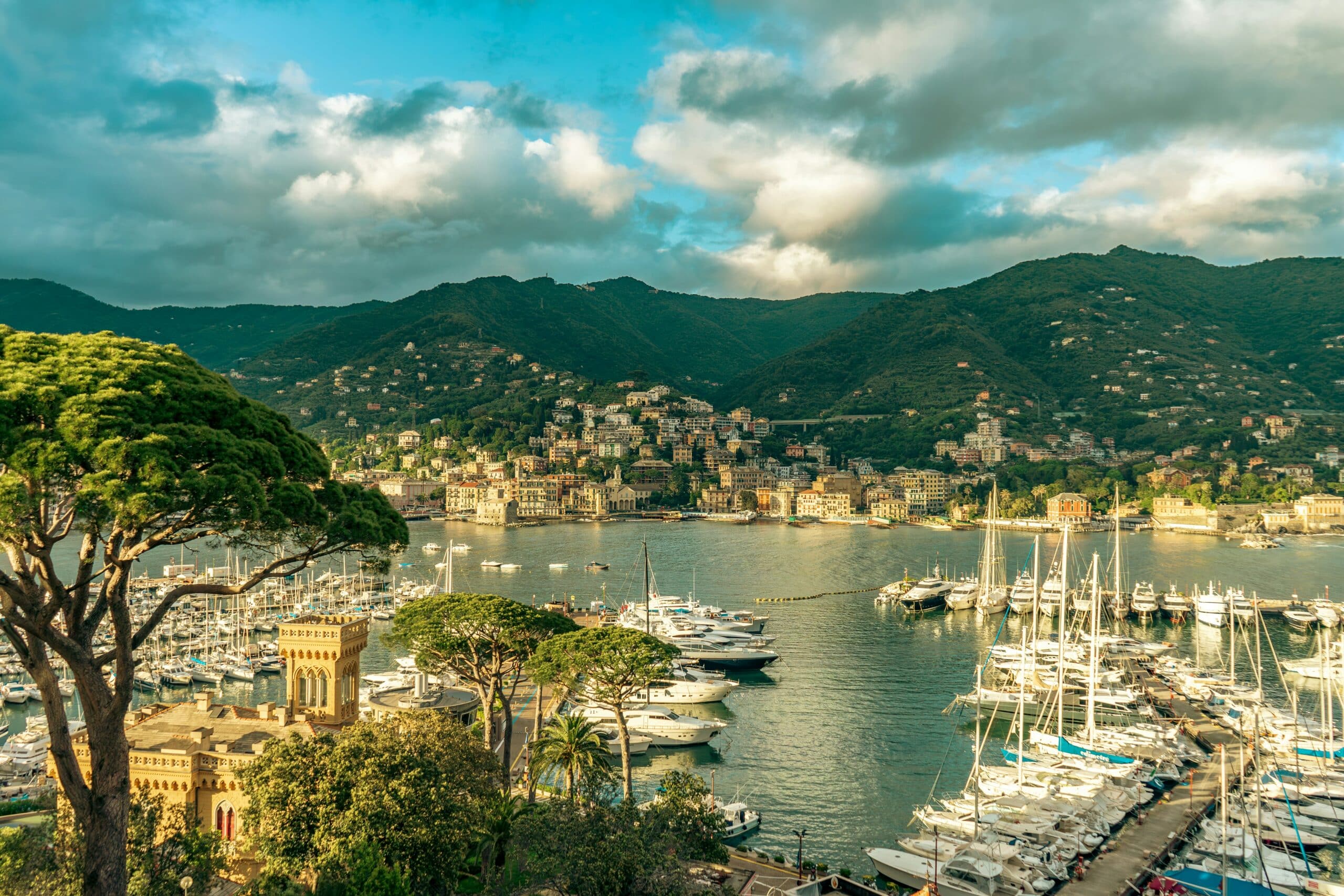It was during the Monaco Yacht Show and during the traditional gatherings of the Yacht Club de Monaco, such as the Yacht Owner’s’ luncheon and the Captains’ Forum that the founders of the Superyacht Eco Association (SEA), M. Bernard d’Alessandri (General Secretary of the Yacht Club de Monaco) and M. Michel Buffat (Head of Aviation & Yacht Finance at Credit Suisse), announced the launch of phase II of the SEA Index in collaboration with Lloyd’s Register, represented by Engel de Boer, Yacht Segment & Sales Manager at Lloyd’s Register.
The founders also announced ‘Friends of the SEA Index’ a new Superyacht Eco Association membership category, open to individuals and entities who do not own a SEA Index rated yacht, but who nevertheless adhere to the principles and values of the Superyacht Eco Association.
Launched a year ago at the Yacht Club de Monaco, the original SEA Index already assesses the carbon intensity (CO2 emissions per gross ton and passenger) of motor yachts over 40m – based on their design, using a formula derived from IMO’s (International Maritime Organisation) EEDI (Energy Efficiency Design Index), as applied in the shipping industry.
The pioneering first phase already allowed superyacht owners to get an instant snapshot of the energy efficiency of their vessel on the basis of a rating scale from 0 to 5 (5 being the less impactful on the environment).
Having set this benchmark, the first in the superyacht industry, the Superyacht Eco Association recognised the need to take the index a step further by including more parameters and extending the scope of the tool to more propulsion systems and alternative fuels.
M. Michel Buffat comments:
‘With growing awareness of the need to reduce fuel consumption, more and more owners are choosing yachts with hybrid propulsion and optimised auxiliary power systems. Supported by the engineers of Lloyd’s Register, we have further developed the SEA index so that it now also rates advanced yacht designs with great accuracy.We are very proud of the result and the progress the industry is making towards ever more sustainable yachting.’
The scope and accuracy of the original SEA Index is now considerably extended as it now considers the typical operating profile of a yacht (time cruising and time in berth or at anchor), the average speed and a possibility to rate hybrid and battery-based propulsion systems. Furthermore, innovative auxiliary power features can also be accounted for.
Creating an internationally recognised emission rating system for superyachts is still at the forefront of the Superyacht Eco Association’s ambitions.
